‘I never thought much about it': Why some Singaporeans grow up without close friends of other ethnicities
Despite Singapore’s rich multicultural landscape, many Singaporeans still find themselves forming close friendships primarily within their own racial groups. As personal habits, social environments, and structural factors shape these divides, experts and individuals reflect on the challenges – and importance – of building deeper cross-racial connections.
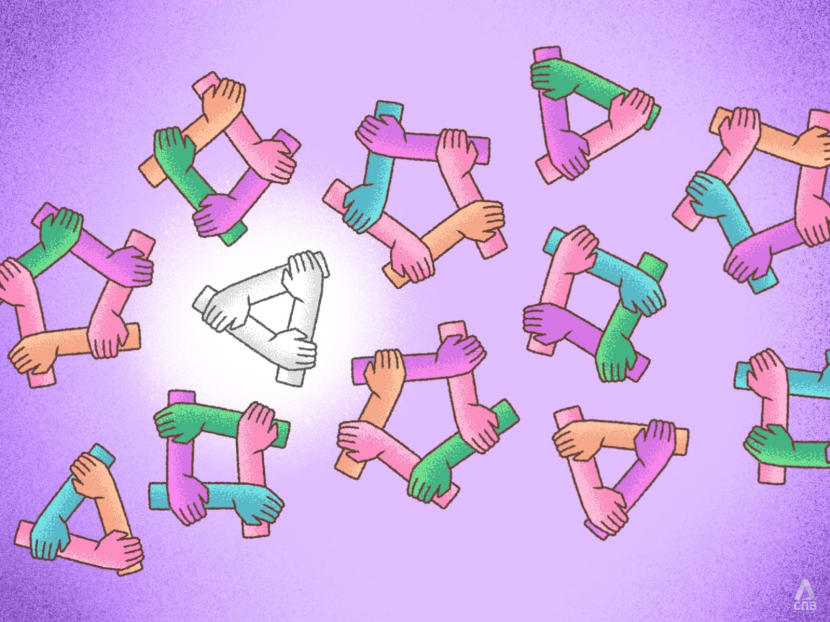
(Illustration: CNA/Nurjannah Suhaimi)

This audio is generated by an AI tool.
Growing up, Mr Jeremy Lee’s close friends were all of Chinese ethnicity, like him.
The 46-year-old freelance writer said that as a child, race was not something he thought about when making friends. Instead, he naturally gravitated towards those who shared his interests, regardless of their ethnicity – they all just happened to be Chinese too.
But as he entered adulthood, he began noticing his lack of understanding of other cultures.
“I enjoyed Hari Raya and Deepavali as public holidays but didn’t know the significance of these festivals or what people did to celebrate them,” he told CNA TODAY.
It’s not that Mr Lee has never had the opportunity to socialise with people of other races.
While his classmates throughout four years of secondary school at Anglo-Chinese School (Independent) were almost “100 per cent Chinese”, Mr Lee said co-curricular activities allowed him to socialise with a broader mix of people, such as Malays and Eurasians.
Still, he said these opportunities did not lead to very strong friendships with those schoolmates.
Reflecting on his social circle, Mr Lee believes that his personality played a significant role.
“I tend to have very few close friends, hated talking to strangers when young and gravitated only towards people with similar interests and wavelengths.
"And since I'm naturally introverted, I rarely interacted with anyone besides my mother outside of school," he added, recalling his childhood years.
Ms Emily Yue, a 25-year-old youth pastoral staff member, has a similar social life experience – all her close friends are from the Chinese community, the largest ethnic group in Singapore.
For her secondary education, she studied in a Special Assistance Plan (SAP) school, which promoted the learning of Chinese language and culture and where the student body was practically homogenous.
“Almost everyone was Chinese, and the only non-Chinese students were usually half-Chinese.”
Ms Yue only realised her limited exposure to other cultures when she attended junior college and university, where she met a diverse group of students, including international ones.
It was only in 2022, when she was 22, that she got to visit the house of a Malay friend for Hari Raya for the first time, which allowed her to appreciate the culture.
“Before this, I never thought too much about (race), as I’ve always just seen people as individuals rather than focusing on their race or religion,” said Ms Yue.
Mr Lee and Ms Yue’s experiences are not unique. A substantial portion of Singaporeans – particularly of Chinese descent, though not limited to them – apparently go through life without forming deep friendships with people of different ethnic backgrounds from their own.
A 2024 survey by the Institute of Policy Studies (IPS) and non-profit organisation OnePeople.sg found that 46.8 per cent of 4,000 Singapore residents polled reported not having at least one close friend from another race. The figure represents a slight increase from 44.5 per cent in 2018.
Chinese respondents were significantly less likely to report having at least one close friend of another race (45.3 per cent), compared with their minority-race peers – 72.5 per cent of Malays, 84.5 per cent of Indians, and 85.1 per cent of "Others" respondents.
But it is certainly not a trend confined to people of Chinese ethnicity.
Mr Irfan Ramlee, a Malay 25-year-old store supervisor, had mostly Malay-Muslim friends growing up as he had studied at a madrasah, or Islamic school, in Singapore before he went to Indonesia to pursue a diploma in Islamic studies. He graduated in 2017.
Even then, he lost touch with most of his school friends when he was abroad and after returning to Singapore and getting a job, he found himself overwhelmed by work.
“I don’t have the time or energy for friends. I mostly keep close to my family these days, as I also have to look after my father, who is sick,” he said when he met CNA TODAY outside his workplace in Geylang Serai.
Mr Irfan's experience also reflects another finding of the survey report, which noted that the decrease in close friendships across racial lines may be attributed to an overall decline in close friendships.
With Singapore being a multiracial and multi-religious society, the IPS researchers behind the survey report, led by Dr Mathew Mathews, head of the IPS social lab, stressed the significance of interracial bonds.
The team of researchers told CNA TODAY that the prevalence of these bonds would help bridge communities and serve as an indication that the society believes in the merits of diversity and accepts diversity as part of life.
“If people primarily interact within their own racial group, they may develop a more limited understanding of other communities' lived experiences, concerns, and cultural practices,” said the team in a written response to CNA TODAY’s queries.
“This can contribute to stereotyping and implicit biases that persist over generations.”
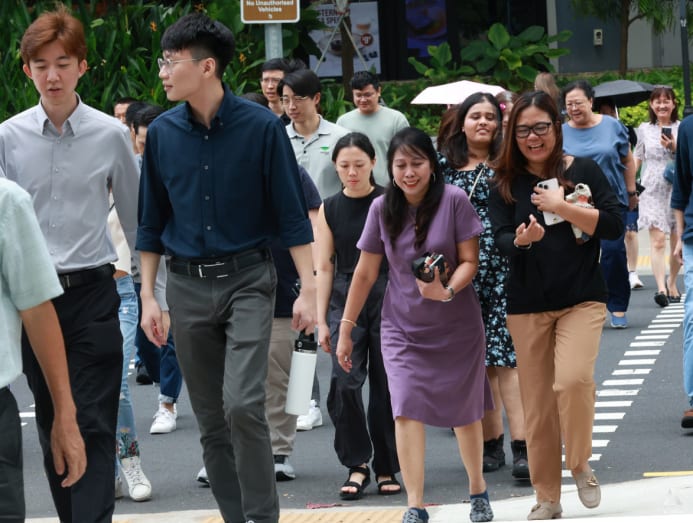
GAPS IN THE SOCIAL FABRIC
While Singapore is a diverse society, gaps remain that create racial silos – whether due to personal choice or circumstance – making it challenging to foster or maintain cross-racial interactions.
The gaps persist despite the ample opportunities for such interactions, said the experts.
Although there are racial diversity policies such as the Ethnic Integration Policy (EIP), Dr Tan Ern Ser, adjunct principal research fellow at IPS, said interracial bonds do not automatically exist because of them.
Under the EIP, racial quotas are set on flat ownership within public housing blocks and neighbourhoods based on the ethnic make-up of Singapore.
“The objective of EIP is to prevent the formation of ethnic enclaves with people interacting only within their own silos. It does not in itself foster cross-racial friendship,” he said.
However, the EIP can place individuals in situations where they have opportunities to interact with other races or engage in shared activities, such as community projects, which can help facilitate social integration, Dr Tan said.
The IPS research team echoed Dr Tan’s sentiments, noting that even with a conducive environment, close interracial friendships are still the product of individual preferences and proclivities.
SCHOOL ENVIRONMENT
The school environment plays a crucial role in encouraging interracial friendships, the IPS researchers told CNA TODAY.
“The education system generally provides fertile environments for interracial friendships to form, especially in national schools, where students of different races have ample opportunities to mix and cohere,” said the researchers.
This view is supported by the survey data, which shows that younger Singaporeans aged between 18 and 35 have more cross-racial friendships, suggesting that early exposure in schools helps cultivate these bonds.
But there are limitations in some schools. The IPS researchers noted that while SAP schools play a key role in deepening cultural and linguistic heritage, their demographic makeup may limit opportunities for organic cross-racial interactions.
Similarly, some "elite" schools tend to have a higher proportion of students from more affluent backgrounds, which, in Singapore’s context, often translates to a greater representation of Chinese students, they said.
“This may contribute to socioeconomic and racial clustering, potentially limiting the breadth of interracial friendships compared to schools with more diverse student populations."
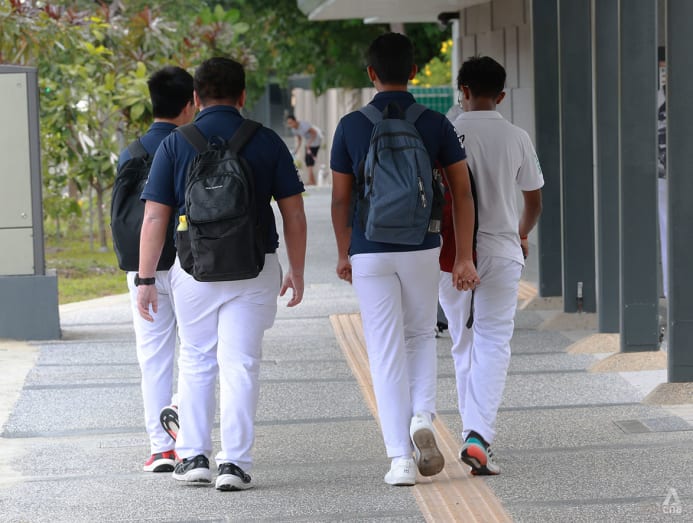
SCHOOL-TO-WORK TRANSITIONS
One key turning point identified by the researchers was the transition from school to work, where interracial friendships tended to decline, as workplaces can be more segmented due to industry-specific racial compositions.
Mr Joseph Tan, 35, who works in the finance industry, agreed, saying his experience bears this out.
Having attended a neighbourhood school, he recalled that nearly all his classmates were Chinese, which limited his social circle, although he was close to a Chinese-Indian student in secondary school.
“We lost touch naturally as we got busy with life after school,” he said.
This disconnect continued during his university years and later in his finance career, where his team and department were all of the same race.
“Even the clients I meet are mostly Chinese, with only a few from minority races. But I don't think this has had much of an impact on me. I get along with (the latter) just fine, especially since we can communicate in English.”
The post-National Service (NS) phase is also a turning point, where cross-racial friendships among Singaporean men tend to decline.
The researchers noted that such friendships forged during this period may weaken post-NS if work and social lives do not reinforce interracial contact.
HOUSING AND FAMILY BACKGROUNDS
Although the EIP applies to public housing estates, it does not extend to private housing, which could lead to racial clustering, said the researchers.
“In light of rising proportions of Singaporeans residing in private housing over the past decade, this increase may reduce the opportunities for cross-racial interactions that are more prevalent in HDB estates governed by the EIP.”
Family background may also influence friendships indirectly, added the researchers.
“For instance, if parents reinforce racial stereotypes or discourage certain friendships, children may be less inclined to form interracial friendships.”

LANGUAGE PROFICIENCY
Language proficiency, or lack thereof, is yet another contributing factor to the decline in cross-racial friendships.
The researchers noted that older Singaporeans, for example, often have lower proficiency in English, which is the common linguistic denominator across races.
“While many older adults are more comfortable communicating in dialects or vernacular languages than their younger peers, such as 'pasar' (informal) Malay, this can limit their ability to engage deeply with individuals from different racial backgrounds who may not share the same linguistic capabilities,” they said.
This may also apply to younger adults.
Civil servant Khalid Ahmad, 29, told CNA TODAY that he feels more comfortable speaking in Malay – his primary language of communication at home – which likely explains why his five closest friends are Malay.
However, he does not see himself as being confined to a social bubble.
“My family, for example, is close to our Chinese neighbours. We occasionally invite them to join us for special occasions like Hari Raya meals and give them gifts for Chinese New Year, so there’s some form of cross-cultural exchange,” said Mr Khalid.
BUT INTERETHNIC MARRIAGES ARE RISING
While interracial friendships seem to be declining, interethnic marriages in Singapore have become more common over the past decade, raising the question of why this discrepancy exists.
According to the Department of Statistics' 2023 report on Marriages and Divorces, interethnic marriages accounted for 18.1 per cent of all marriages, up from 17.8 per cent in 2013 and 11.5 per cent in 2003.
Addressing this trend, the IPS researchers said that, in reality, interracial friendships have not actually declined, considering that people are simply having fewer close friendships overall.
And if you zoom into the data on younger Singaporeans, they are in fact forming more diverse friendship ties, said the team.
“And it is in this context of growing interracial friendships among younger people that more are willing to explore a romantic relationship as well.”
The researchers also observed that compared with previous years, more people in the 2024 IPS-OnePeople.sg survey are comfortable with a spouse or in-law from another community.
This shift suggests that some of the traditional barriers to interethnic relationships have diminished, making such romantic connections more likely, they explained.
WHY THESE BONDS MATTER FOR SOCIETY
Although friendships and casual interactions across racial lines are relatively common here, the IPS researchers said the data shows that intra-racial friendships remain the norm due to cultural familiarity, language and shared experiences.
But this comfort with interacting within one’s own race comes with some uncomfortable truths.
“The lack of deep cross-racial friendships may make it harder for Singaporeans to develop a strong shared identity as a cohesive society, beyond formal policies promoting racial harmony,” said the researchers.
Dr Terence Chong, a sociologist at the ISEAS-Yusof Ishak Institute, said if intra-racial relations are prevalent, there is a risk of cultural bubbles forming, where people do not only feel most at ease with their own ethnic groups but also grow uncomfortable with others.
“Over time, silos and faultlines will deepen, making it more difficult to imagine ourselves as a coherent national community,” he said.
The IPS researchers noted that a society fragmented along racial lines may face greater challenges in responding to crises.
“Strong interethnic social bonds are critical for preventing divisions from deepening into distrust or tension during national stressors, whether economic downturns, global conflicts, or racial incidents.”
To mitigate the risks of a fragmented society, the researchers said there needs to be continued emphasis on nurturing interracial bonds in workplaces, during National Service and through community activities to ensure such relationships persist into adulthood.
This could include forming racially diverse project teams at work, expanding mentorship and leadership development programmes that encourage cross-racial networking and promoting diversity in hiring and career advancement opportunities.
On a more individual level, Dr Chong noted that “majority blindspots” can hinder cross-racial friendships.
“For example, if the Chinese in a group start conversing in Mandarin, leaving the ethnic-minority colleague out, then such friendships will be stymied.”
Dr Chong stressed that regardless of whether the majority in a given setting is Chinese, Malay or Indian, it is crucial for them to be mindful of how their actions might affect those in the minority.
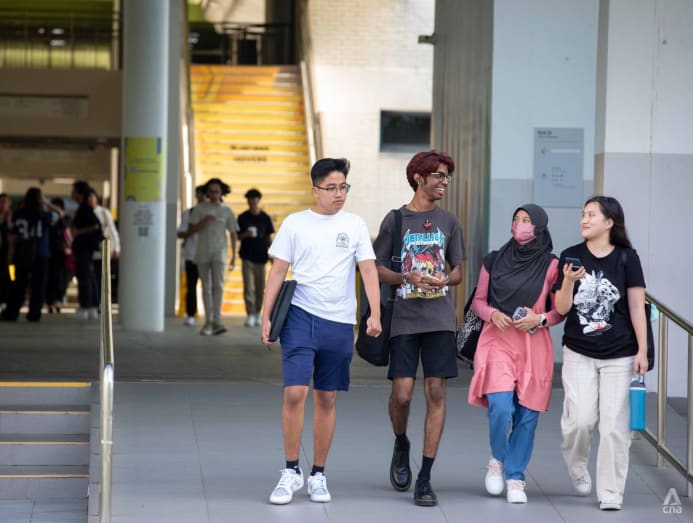
Dr Tan of IPS stressed that for social integration to occur, there must be opportunities for meaningful interactions, such as collaborating on a common project, which can lead to deeper engagement and, ultimately, social integration.
One organisation that actively creates such opportunities is the People’s Association (PA), which regularly organises activities such as festive celebrations, learning journeys, and cultural workshops such as batik painting and Chingay community float-making.
A PA spokesperson told CNA TODAY that the agency reaches an average of 10,000 people each week through its initiatives.
Mr Muhammad Ismail, who is vice-chairperson of the Harmony Circle Coordinating Council, said given that Singapore is a multiracial and religious society, it is important for its people to understand and appreciate the culture, beliefs and values of the diverse communities.
The Harmony Circle Coordinating Council coordinates efforts by the 93 Racial and Religious Harmony Circles across all constituencies, which serve as interfaith platforms to promote racial and religious harmony.
He said that the Harmony Circles support community initiatives that bring different communities together, deepen mutual understanding, and foster meaningful conversations about social differences.
For example, the Jalan Kayu Harmony Circle members came together to spread cheer and distribute Christmas care packs to the less privileged during the holiday season, said Mr Muhammad, who is also the chairperson of the Jalan Kayu Harmony Circle.
Mr Muhammad also said that everyone can play a part through simple yet meaningful actions – whether by taking the initiative to learn about different cultures and traditions, looking out for neighbours regardless of race or religion and speaking up against racial or religious stereotypes.
"Consistency is the key. After all, Rome was not built in a day, and the harmony we enjoy today is a continuing responsibility for all of us, from the hard work of one generation to the next."
FRIENDSHIPS ACROSS RACIAL LINES
Those with close interracial friendships told CNA TODAY that while Singapore's social environment provides fertile ground for interactions across races, it ultimately depends on the individual to make the effort.
They generally agreed that intentional efforts to connect are what help relationships move beyond casual exchanges, challenging stereotypes and fostering genuine understanding.
Mr Jeremiah Lim, a 37-year-old musician and lecturer, said some of his closest friends are from different racial backgrounds, and that they bonded over their love of food and music.
He first formed meaningful friendships with people from different racial backgrounds at the age of 14 through church and the music community.
“I even picked up the Malay language pretty naturally so I could converse with my friends in their mother tongue. I never really saw racial differences – it was just people being people,” he said.
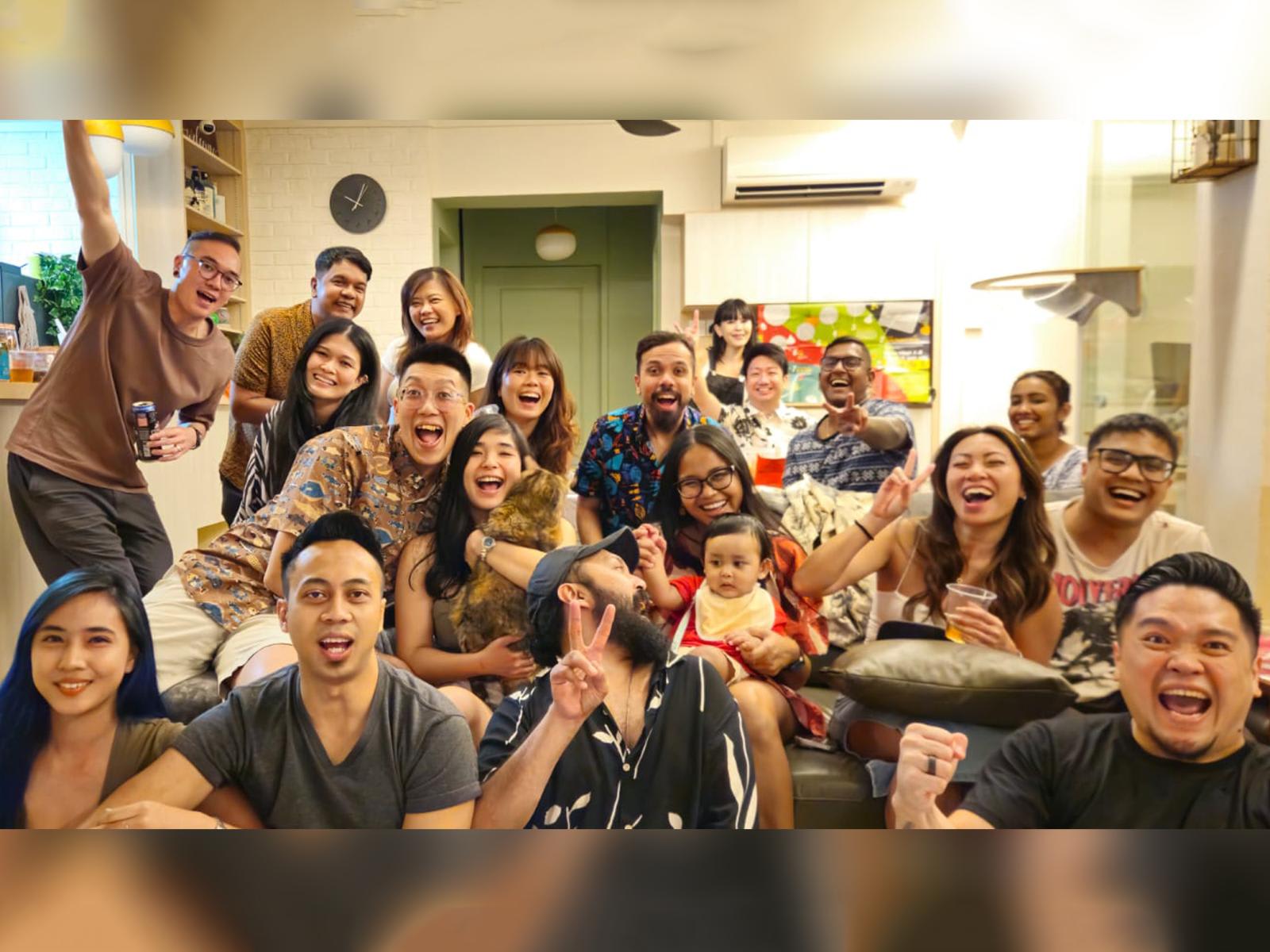
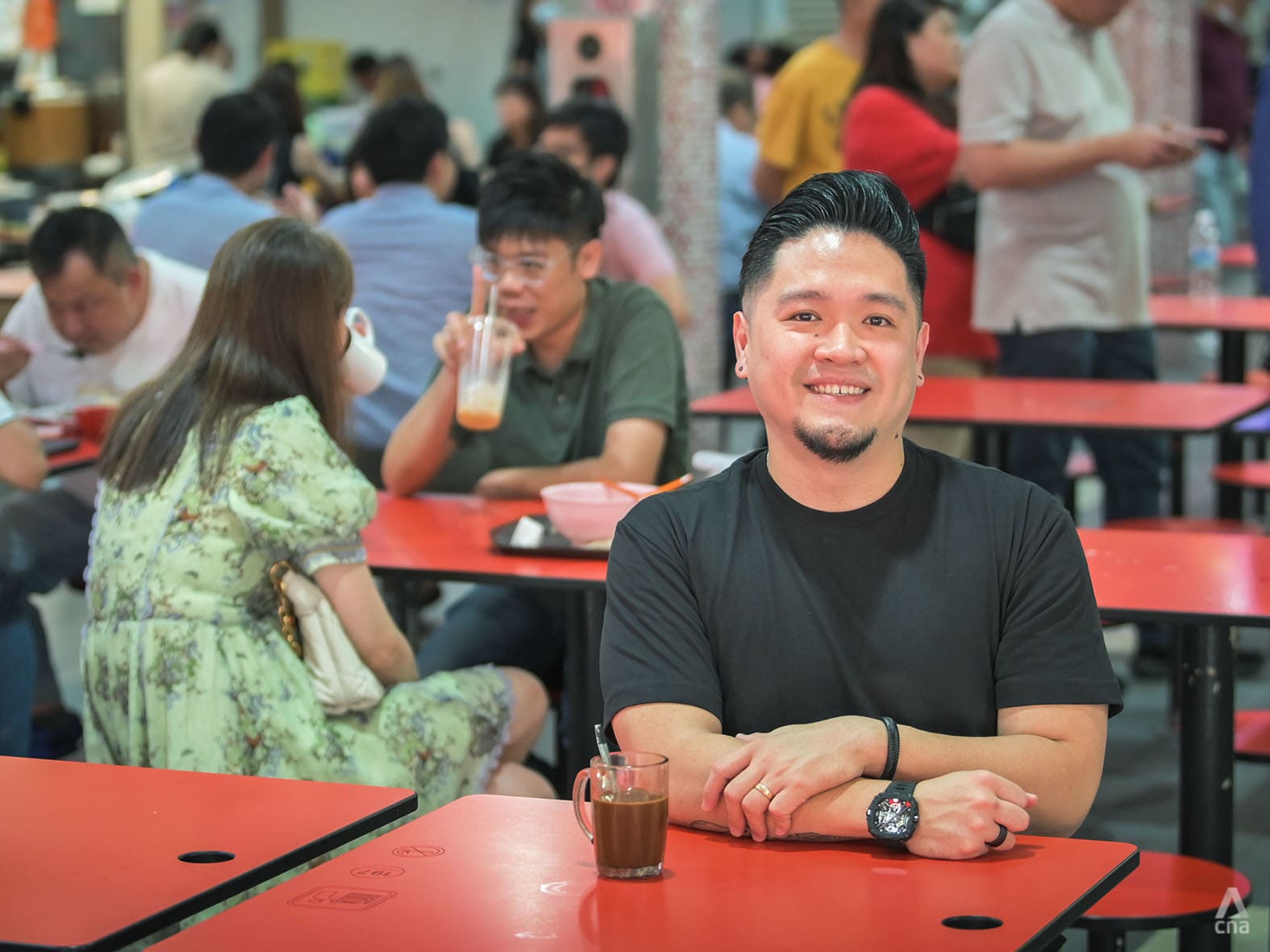
Eventually, Mr Lim said he and his friends started paying attention to the differences in secondary school when religious practices came into play, such as fasting during the Ramadan period.
“Out of respect for my Muslim friends, I decided to fast with them, just to experience it. They told me I didn’t have to, but honestly, as a kid, I was happy to go along because it was interesting to learn,” he said.
Meanwhile, university student Nur Khalisah Rahim, 25, has a diverse group of friends she gets along well with — but it wasn’t always this way.
“At first, food was a tricky issue because I needed halal options. I was afraid to speak up, as I hated being the centre of attention and making things awkward,” she said.
To avoid discomfort, she would tell her friends that she had already eaten or had dinner plans with her family.
But over time, Ms Khalisah realised that if she wanted her friendships to be genuine, she had to put in more personal effort and be willing to engage in difficult conversations.
“That was how I learnt to navigate cultural differences between us. In the beginning, they would choose eateries that didn’t serve pork, assuming that was what halal meant and that it would be okay for me to dine there.”
After having kept quiet about it and not eating anything at these establishments several times, Ms Khalisah said that it took a small disagreement for them to finally talk about it.
“That’s when I explained how important it was for me to eat at a halal-certified establishment, and they realised that halal meant more than just avoiding pork.”
Now, during Ramadan, for instance, Ms Khalisah’s friends would plan dinners later than usual so she can break fast with them.
“There were also times when we spent extra time deciding where to eat because some of us couldn’t eat beef or dine at non-halal establishments. These small efforts make a difference,” she said.
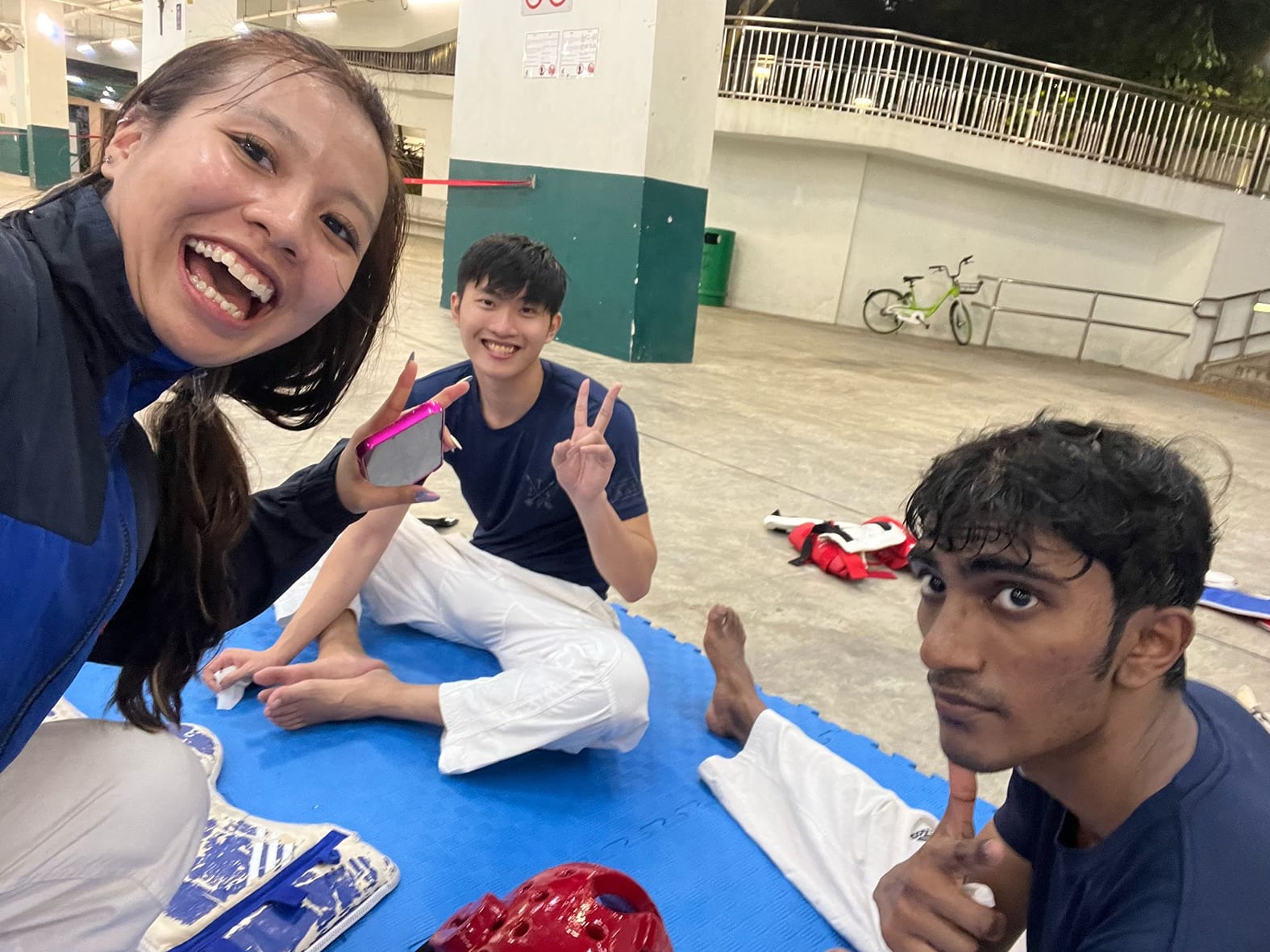
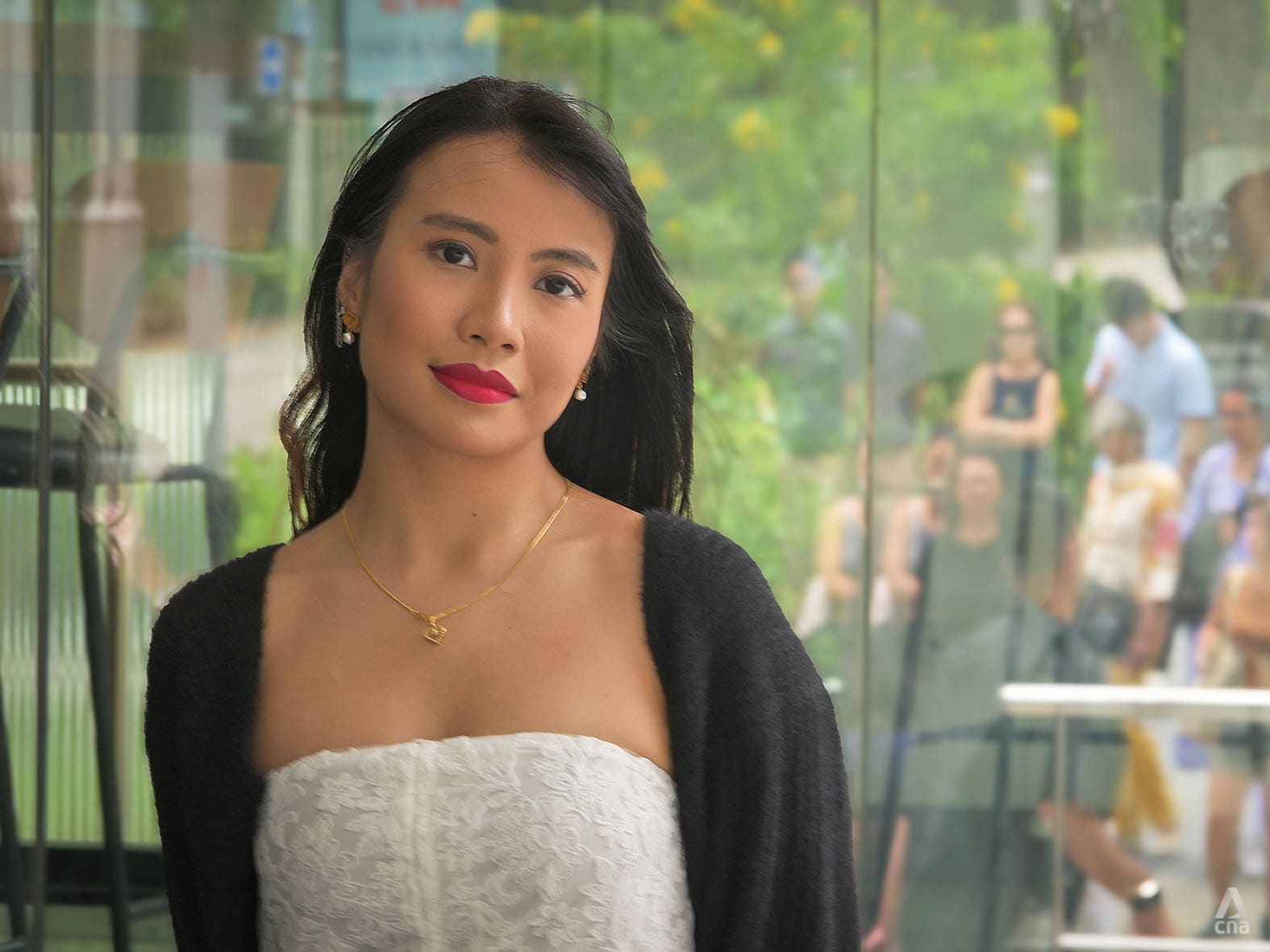
Another university student, Ms Sudeshna Dhar, 26, said that she formed close friendships with several Chinese peers through shared interests and similar personalities.
“My secondary school friends were just as introverted as I was. We watched the same shows and read the same books, which is why we’ve remained friends for 12 years now,” she said.
However, building these friendships was not always smooth sailing, Ms Sudeshna recalled. Navigating cultural differences was initially challenging, for example, when her friends would suddenly switch to speaking Chinese and forget to translate, leaving her feeling left out at times.
Even so, she said their willingness to listen and understand made all the difference.
“They immediately understood my position and made an effort to be more mindful. I’ve met people who aren’t as sensitive or understanding, and that was the main difference.”












